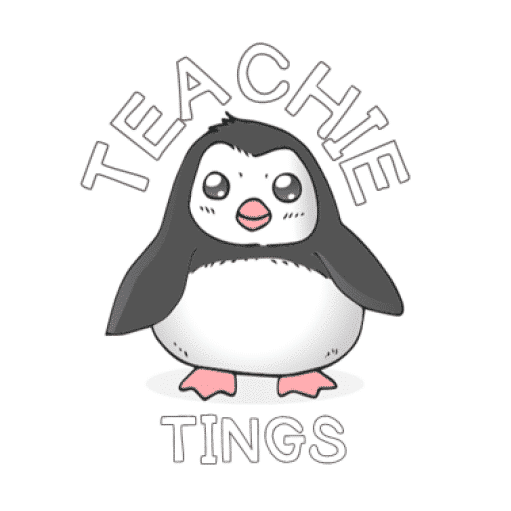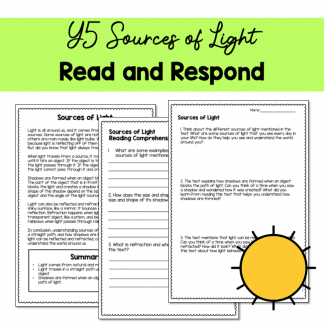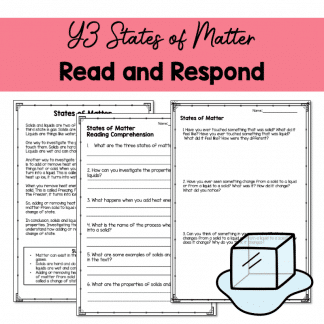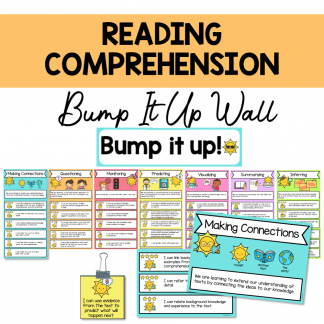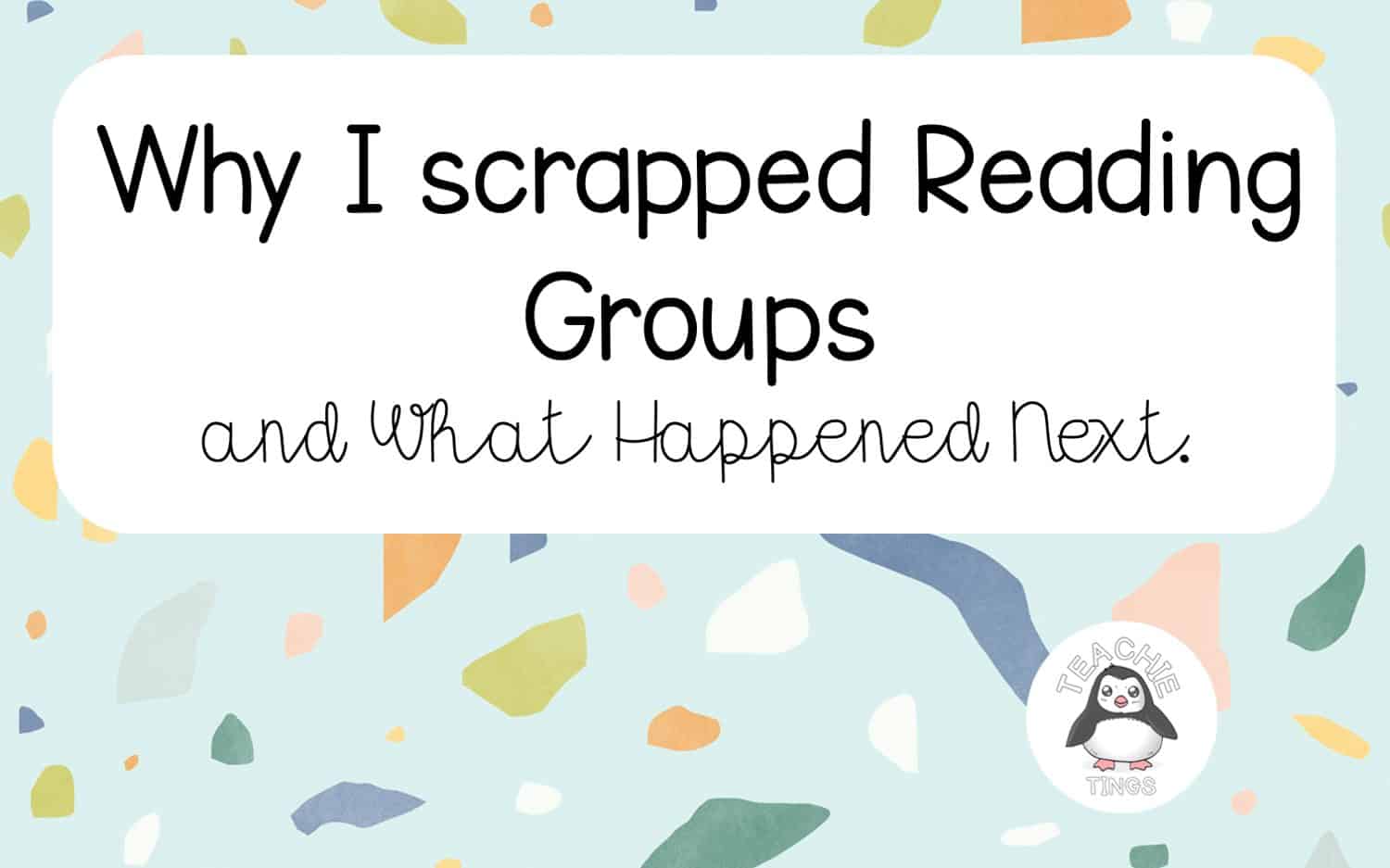
I have always grouped students for reading groups (like, forever) and I believe the majority of teachers do this.
There is research that says that levelled group reading does not work. Yet, I never ran a reading class without them. Last year, I started to wonder why. I was overwhelmed by my workload, and some things were starting to bother me:
- Amount of planning required (providing 5 different, differentiated activities for instance)
- Lower level texts are not a scaffold – you are simply teaching to a lower level
- Grouping by reading levels doesn’t tell us anything about what the student actually needs to learn
- There is evidence that lower-level readers remain at a low level
- There isn’t a great deal of evidence that grouping according to reading level actually works
- Our assessment is at a grade level – how are my low students being prepared for this test?
- My students collectively learned more when I taught them as a whole class
I got to the point where my groups were taking up the majority of my planning, and if a fire drill (or other unexpected event) meant we missed a rotation, I struggled to find time to make up the rotation.
In frustration, one week I just decided to teach reading as a whole class instead of rotations.
What I found during those lessons, was that my students made greater gains, and were more engaged. I tracked this through reading fluency, comprehension results, and anecdotal records.
I was applying the same strategy that I use with my Bump It Up Walls and Learning Walls – teaching up to the ‘A’ , setting goals and giving feedback – and my students responded.
My workload was less and I was happier. The transition was easy, and I decided that I wasn’t going to reintroduce reading groups.
I read more and more about high-impact teaching strategies and the most recent research on reading, and found that I am not alone in moving away from guided reading groups, for the sake of running guided reading. The cost/benefit just isn’t there.
So how do I organise reading now?
- Whole class reading instruction using grade-level comprehension texts. I differentiate these sessions in multiple ways (visual aides, repetition, levelled questioning – BUT never levelled texts)
- Paired reading according to coding ability.
- I choose focus students that I will hear read that day (could be during the lesson or during stamina reading) and have small group teaching while the class is completing other tasks.
- I use a guided reading structure; book walk, predictions, tricky words and unfamiliar vocabulary; modelled reading, independent reading, listening to my focus students read while taking anecdotal notes; finishing with a mini lesson that debugs any misconceptions/ recaps any skills.
- We annotate a paper version of our text, highlighting tricky words, writing notes and questions.
- Weekly comprehension check-ins. I like to use Cars and Stars, and I record every single answer in a spreadsheet, so I can see strategies my whole class needs, as well as individual needs. Initially I target easier skills if needed (eg main idea) to backfill my students’ toolkit, before moving on to the harder strategies such as comparing and contrasting. My students love looking at the spreadsheet to see how they have grown over the term.
- I choose varied texts to help students build their background knowledge, which helps with comprehension (How are you going to understand a text about snowboarding when you haven’t even SEEN snow?)
I have been doing this for most of my in-class time during 2020/2021 (interrupted somewhat by Covid-19), and it has had lots of benefits – some unexpected:
- I am much more relaxed about finding appropriate texts. Most of the time, I take texts from other learning areas, or scan a page from our class book.
- Selecting texts from other learning areas improves student comprehension and their understanding of the other learning areas – winning!
- When I teach with one text, my natural teacher skills come out, and we have much more fun in our lessons. I use the silly voices, I stomp and wave my arms. I get side-tracked and tell stories to help students make connections. I don’t look at the timer all the time or stress over being interrupted.
- It is easier to reference a teachable moment later in the week, and the whole class can make the connection – not just one group.
- My lower students are much more confident
- My class is also more relaxed. Transitions and group work can actually be quite stressful for students.
I am feeling refreshed and my workload has decreased. My students are still achieving, and actually being better prepared for our year-level assessments.
It’s amazing how we can be stuck in our ways and find it hard to change our beliefs, but I have learned that it is amazing what we can achieve when we change our perspective.
Is there something in your workload that is niggling you? What can you do to change your practices in a way that student achievement stays the same, or even increases?
